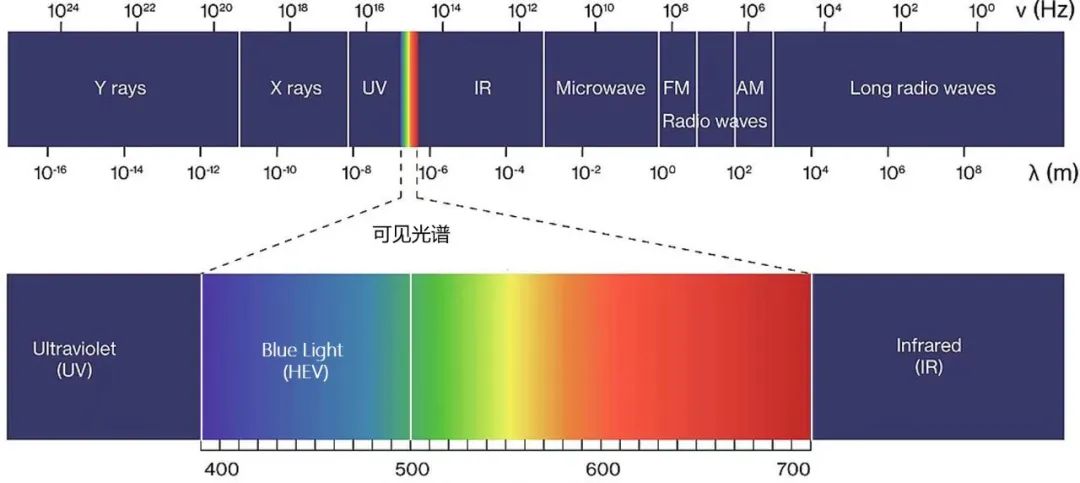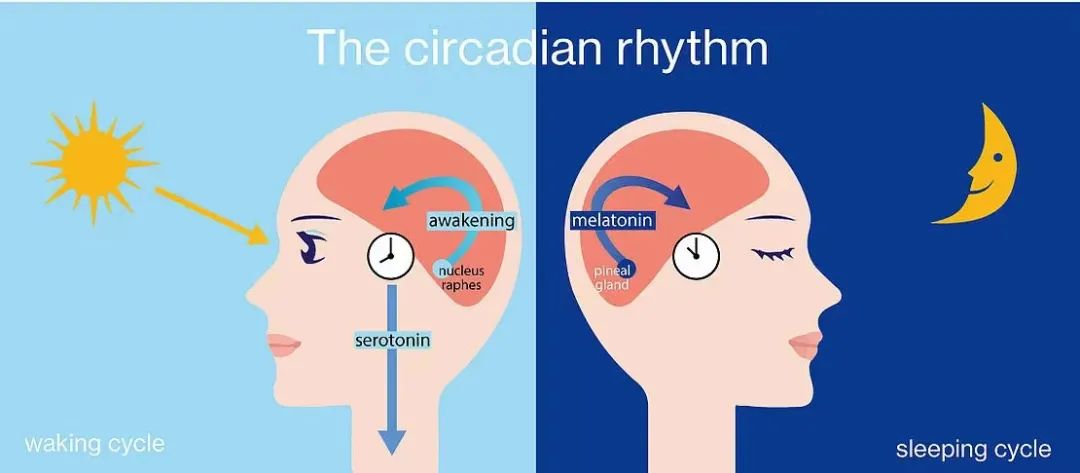We refer to the light that the human eye can see as visible light, that is, "red orange yellow green blue blue purple".
According to most national standards, visible light in the wavelength range of 400-500 nm is called blue light, which is the shortest wavelength and the most energetic light (HEV) in visible light.

Blue light is ubiquitous in our lives. Sunlight is the main source of blue light, but many artificial light sources, such as LED lights, flat screen TVS and digital display screens such as computers and mobile phones, also emit a lot of blue light.
It is worth noting that while the HEV emitted by these devices is small compared to that emitted by the sun, the amount of time people spend on these digital devices is much higher than the amount of time they are exposed to the sun.
Blue light can be either bad or good for us, depending on the time of exposure, intensity, wavelength range and duration of exposure.
At present, the known experimental results all believe that the main harmful to the human eye is the short-wave blue light between 415-445nm, long-term cumulative irradiation, will cause certain optical damage to the human eye; Long wavelength blue light above 445nm is not only harmless to human eyes, but also plays a very important role in biological rhythm.

Therefore, the protection of blue light should be "precise", blocking the harmful blue light and letting the beneficial blue light through.
Anti-blue light glasses from the earliest substrate absorption type (tan lens) lens to film reflection type, that is, the use of film layer to reflect part of the blue light out, but the lens surface reflection is more obvious; Then to the new type of lens with no background color and high light transmittance, blue ray anti-glasses products are also constantly updated and iterated.
At this time, the market also appeared some fish eye mixed beads, shoddy products.
For example, some online businesses sell medical blue-blocking glasses to ordinary consumers. These glasses are originally used for patients who have been diagnosed with macular disease or some patients recovering from eye surgery, but they are sold as "100% blue-blocking".
This kind of anti-blue light glasses, the background color of the lens is too yellow, the vision will be distorted, the transmittance is too low but aggravate the risk of visual fatigue; The blue light blocking rate is too high to block the beneficial blue light.
Therefore, people should not be mistaken for a "good product" because of the "medical" label.
In order to ensure the performance and quality of blu-ray protection products, in July 2020, the relevant standard "GB/T 38120-2019 Blu-ray protection film, light health and light safety application technical requirements" was formulated for blu-ray protection products.
So, when everybody is CHOOSING to PREVENT blue light glasses, must look FOR national standard.
Post time: Sep-07-2022

